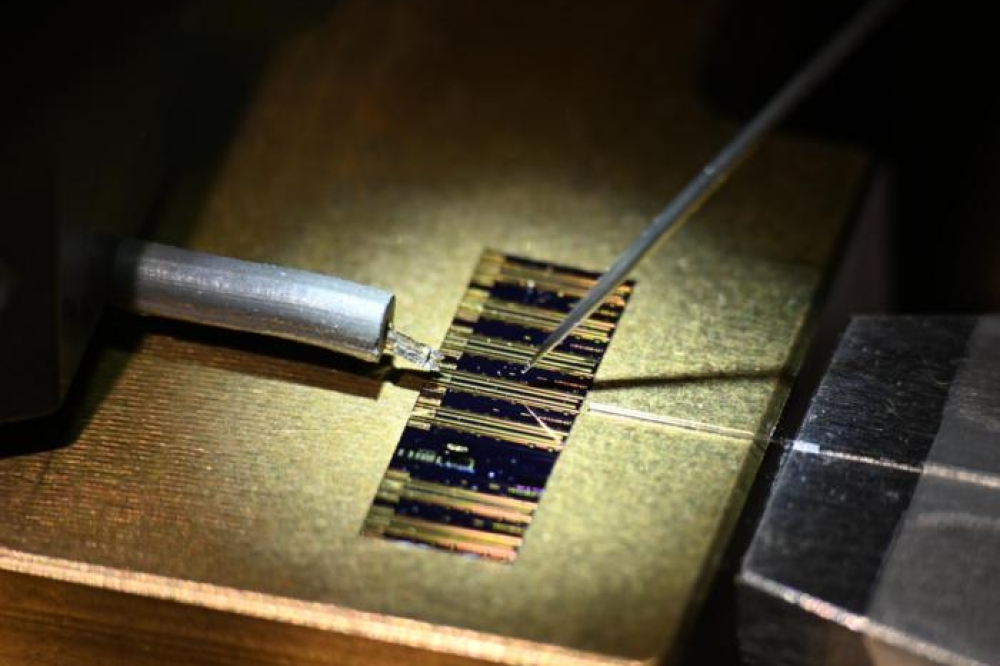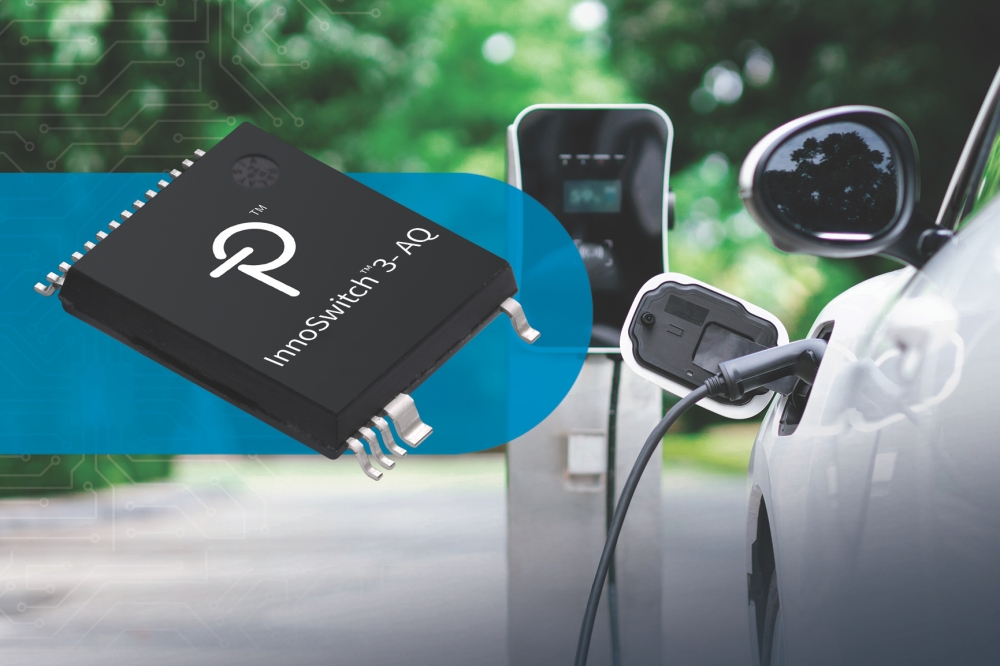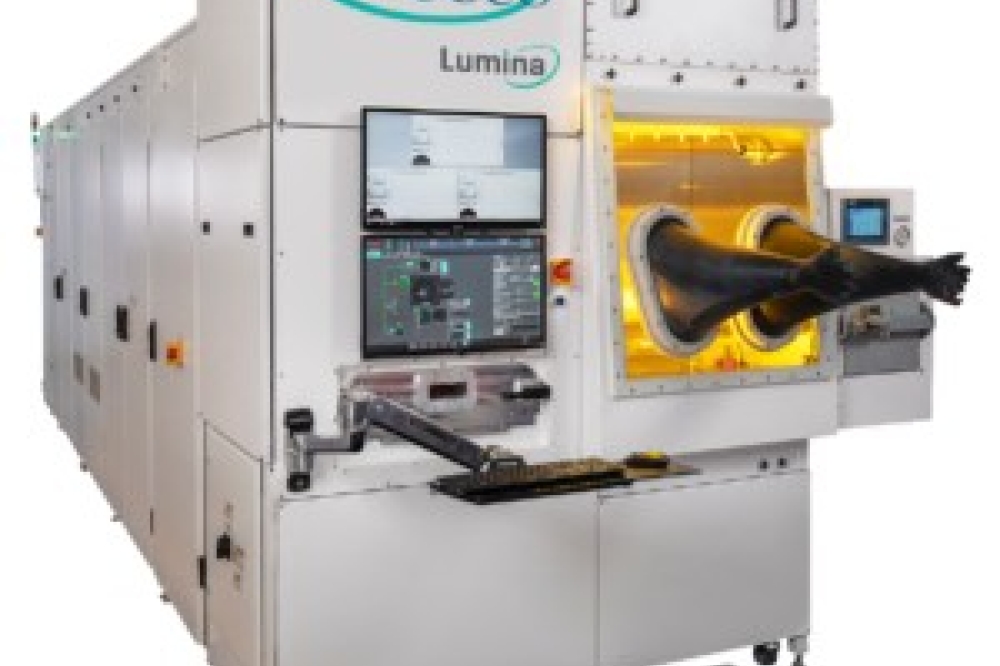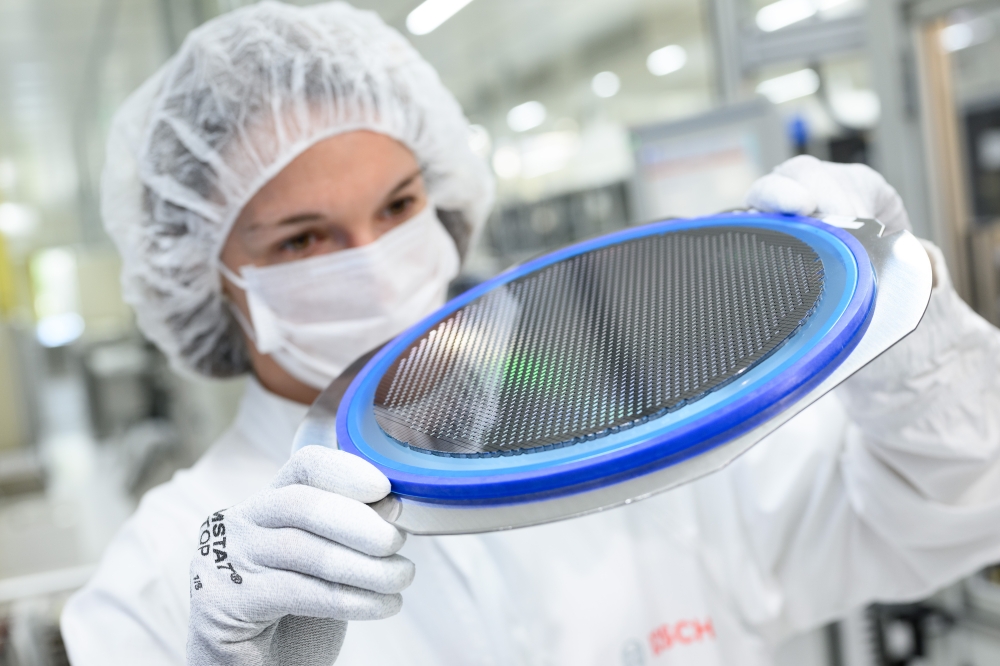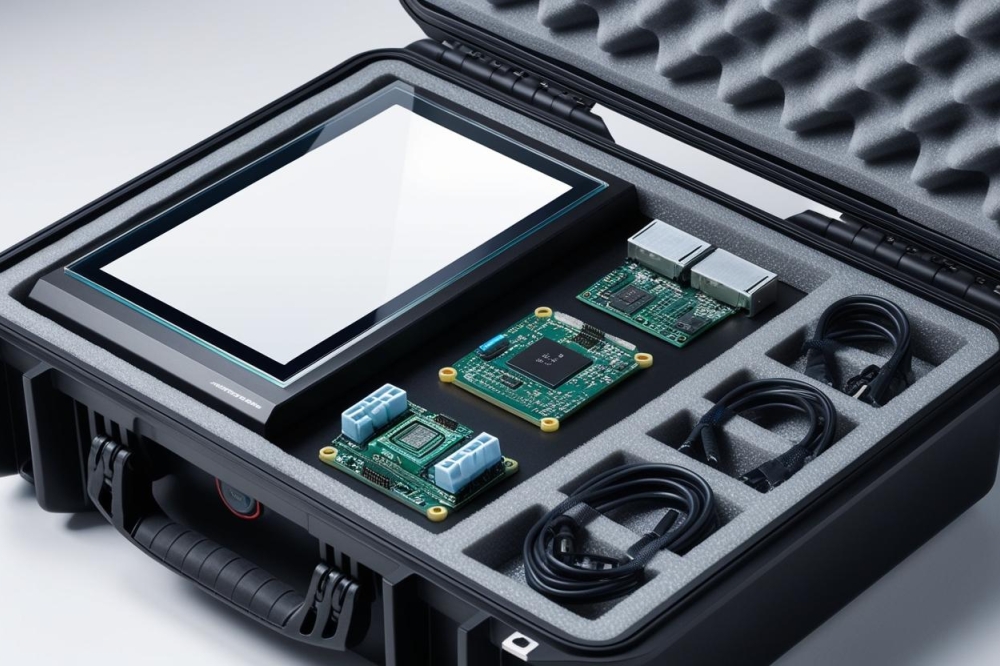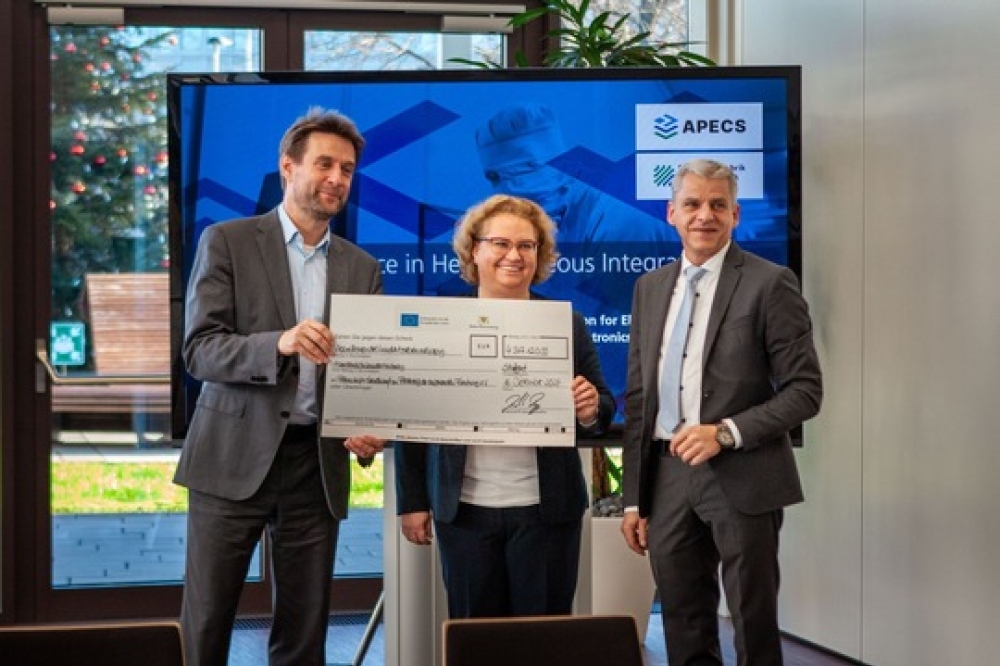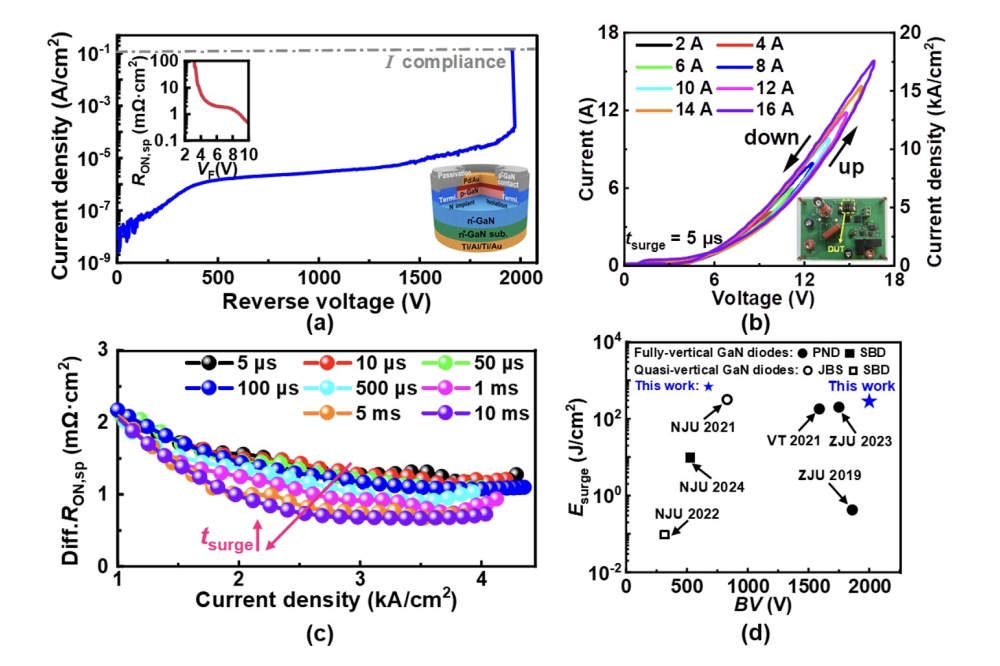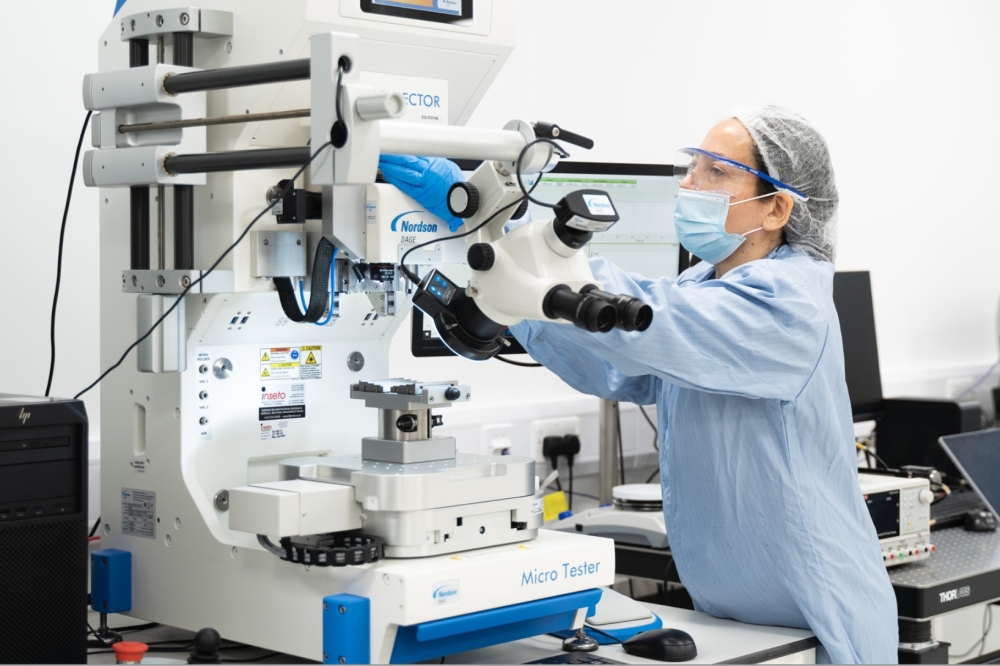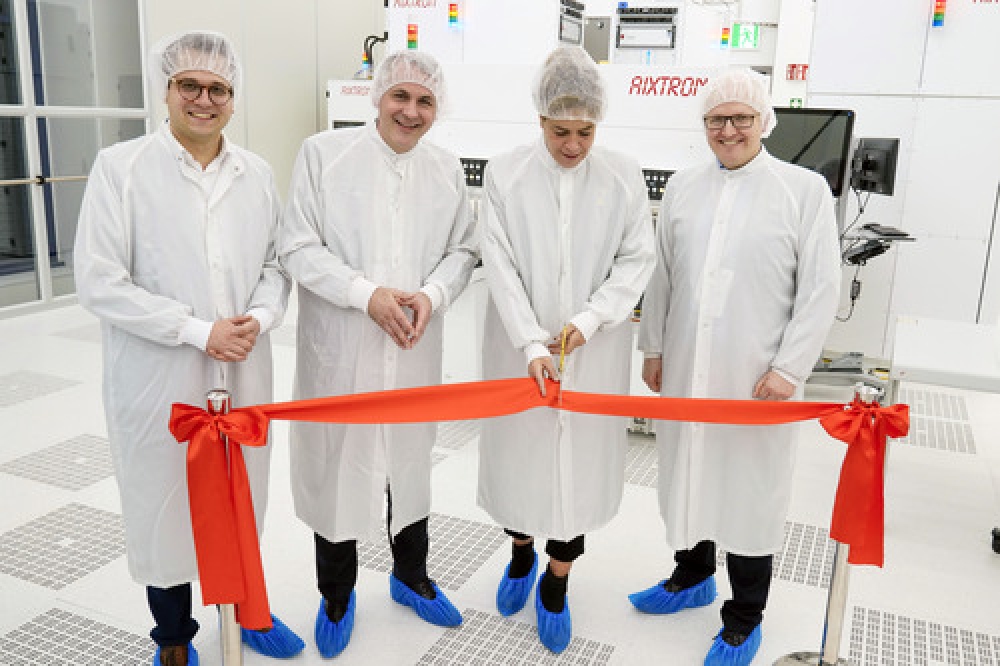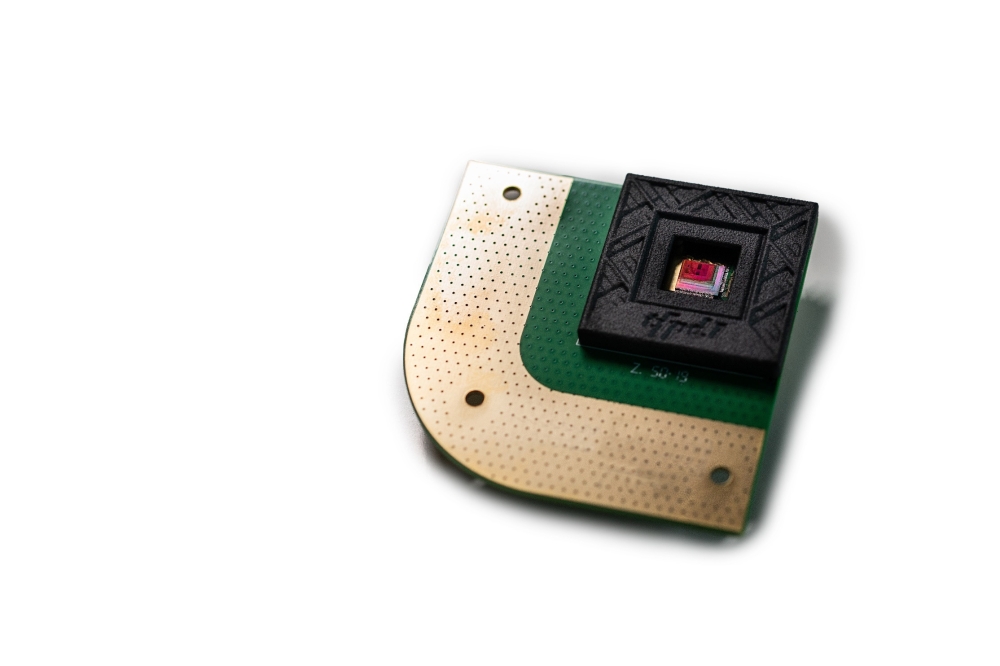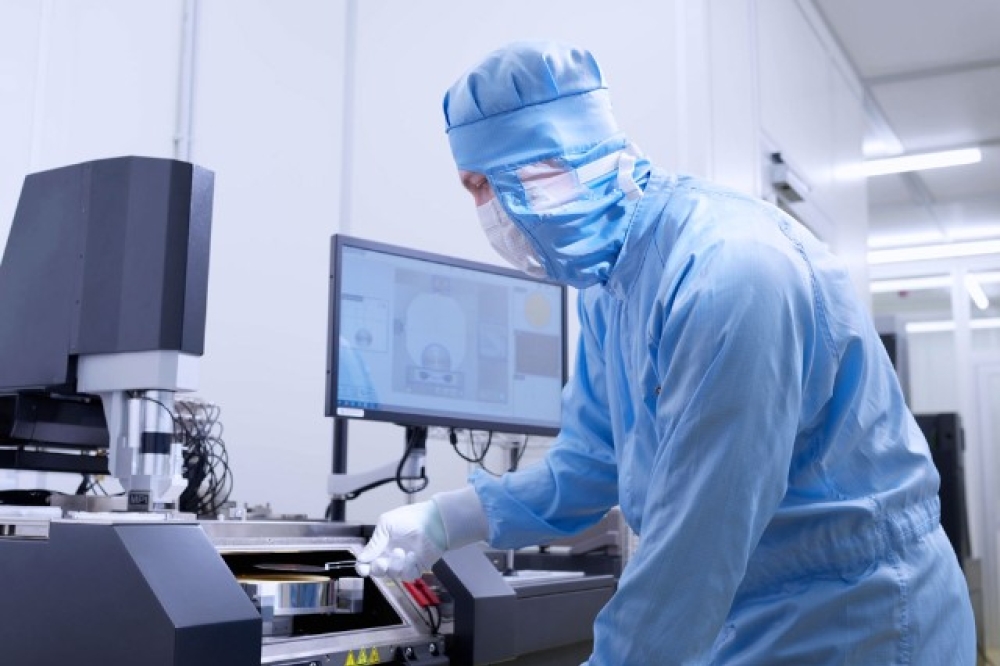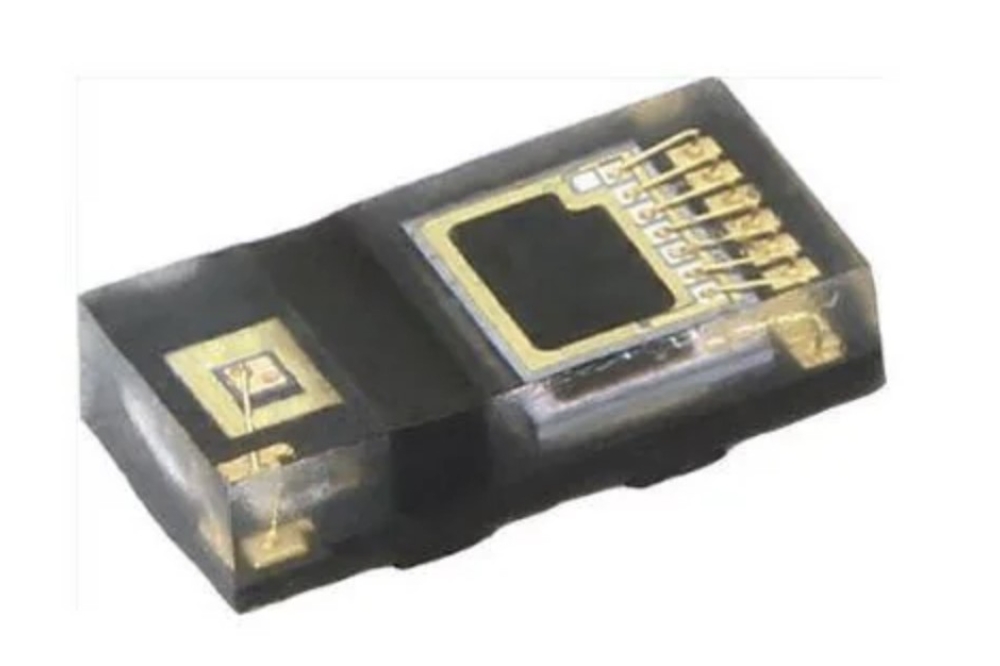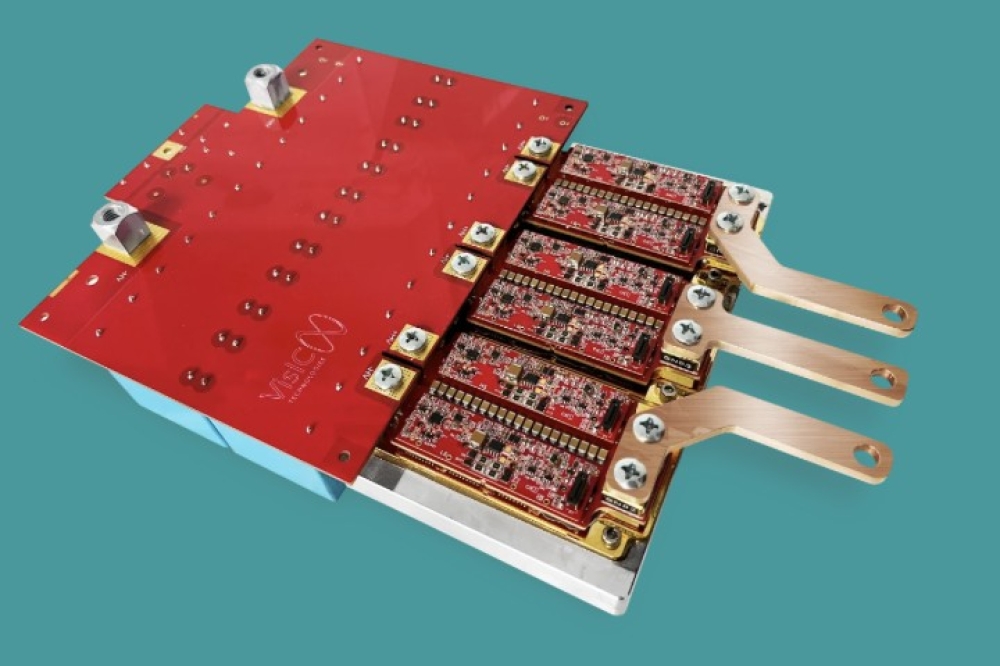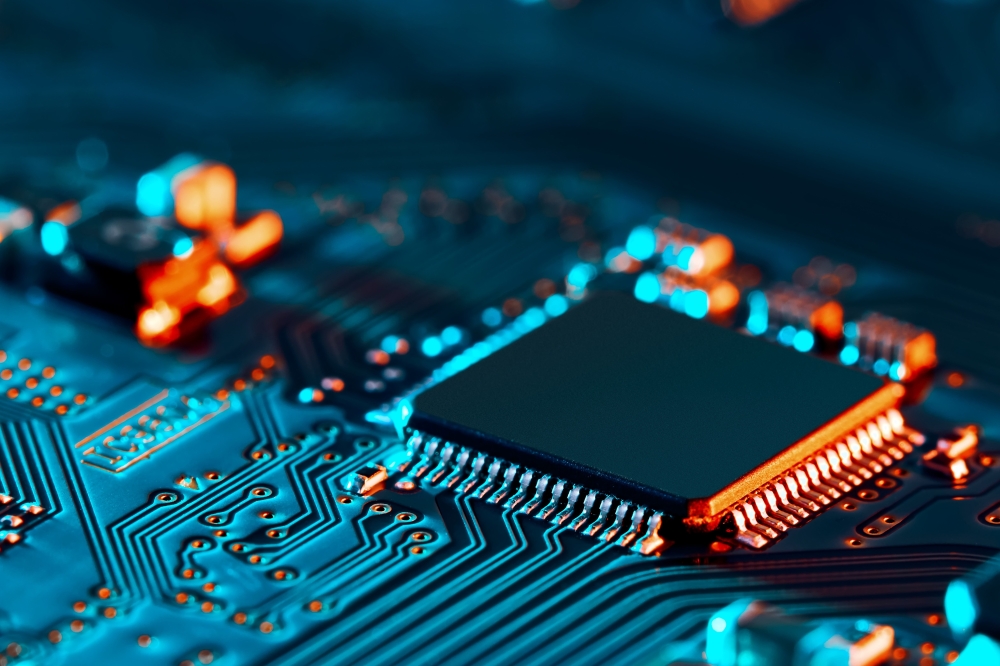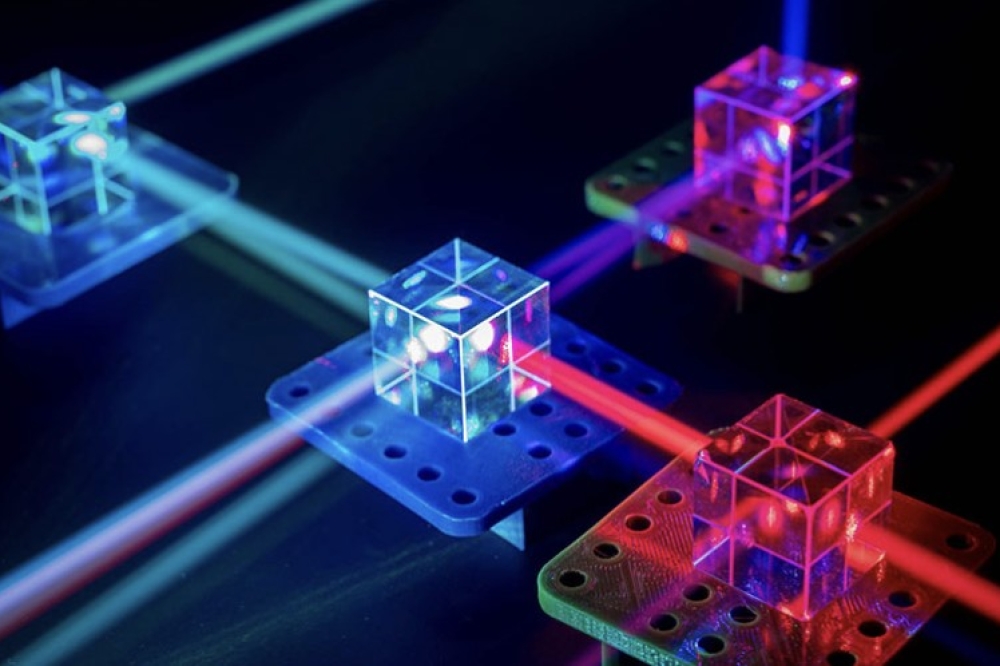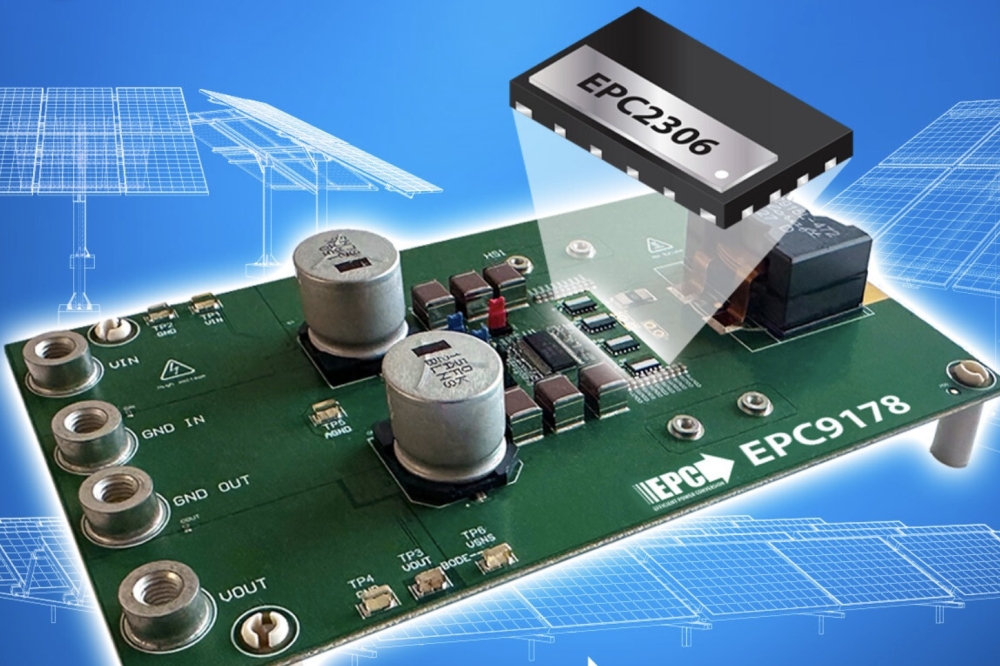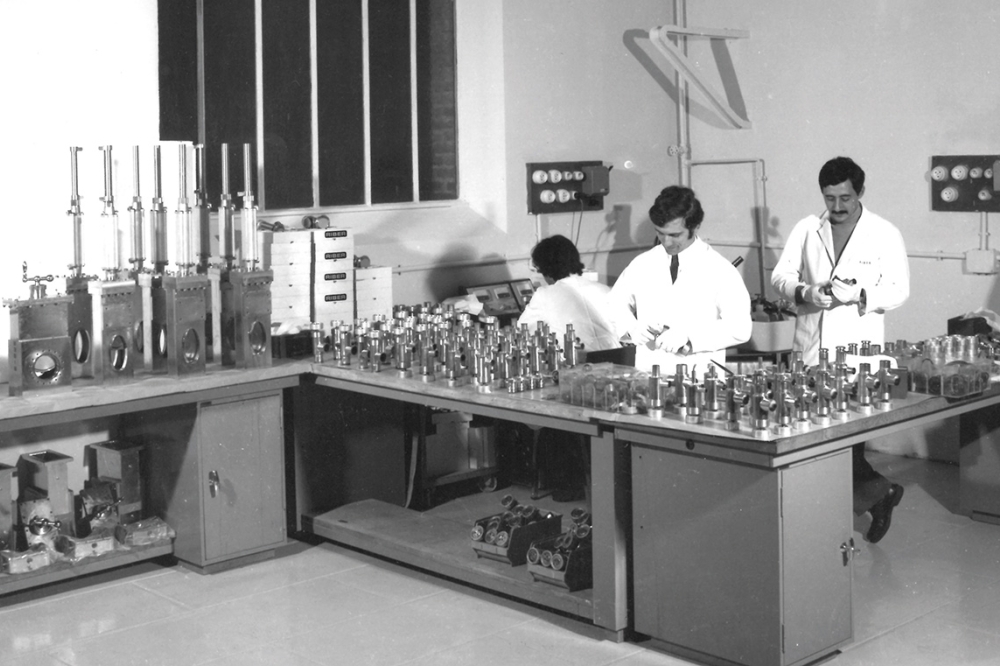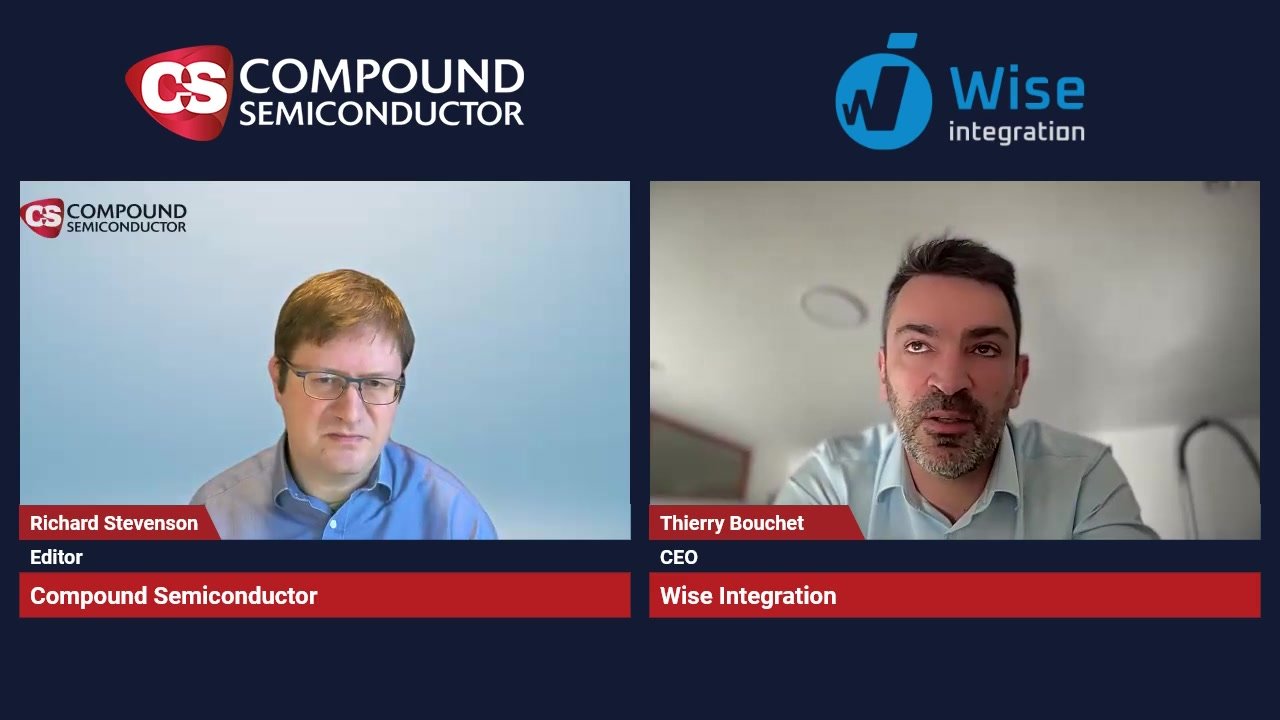German researchers develop new technique for analysing GaN
![]()
The Fraunhofer Institute for Laser Technology ILT working closely with RWTH Aachen University's Institute of Physics (IA) has developed an analysis technology that, for the first time, allows the structural and electronic properties of GaN and GaN composites to be studied optically on the nanometer level.
The resolution of conventional optical microscopes reaches its physical limits when confronted with objects on the nanometer scale. Because of the light source employed, structures in the nanometer range cannot be brought into focus. Near-field microscopy circumvents this limitation and penetrates the nanometer domain to provide an optical view. But this places extremely high demands on the light source used.
With fellow researchers from the Chair for Experimental Physics at RWTH Aachen University, scientists from Fraunhofer ILT have spent the past few years developing an innovative, broadband tunable laser system that is geared toward the particular requirements of semiconductor analysis at the nanometer level.
Wavelength can be adjusted to the material under inspection, which enables the new system to investigate a wide range of materials. In contrast to the solutions available on the market to date and those employed in research and development, the new system from Aachen provides the means for much faster spectroscopic analyses. It has also opened up access to material systems that were beyond the capacities of previous systems. This includes GaN and GaN composites.
Using the new analysis system, last year the researchers in Aachen were able to obtain an optical 2D image showing tensions in the crystal structure of undoped GaN wafers for the very first time. Computer simulations helped quantify the exact extent of the tension. Recently the technique was also applied to a variety of doped GaN layers within complex structures. It's the first time an optical technique has been available to study the structural and electronic properties of GaN and GaN composites on the nanometer scale. (Pictured above is a near field microscope with a fragment of GaN wafer.)
Cost-effective, precise and non-destructive
Near-field microscopy offers cost and quality benefits over standard analysis techniques. The structural properties of thin GaN layers are currently studied using transmission electron microscopy; however, the costs incurred are extremely high, due in part to the laborious sample preparation process. Near-field analysis can usually be conducted without any preparation.
Another benefit concerns secondary ion mass spectrometry, which is used to study the electronic properties. Although this technique can be used to determine electronic properties along an axis at the nanometer level, it isn't yet possible to laterally ascertain the concentration of doping atoms at a comparable resolution. The technique also damages the samples.
In contrast, near-field microscopy offers nanometer-scale resolution in all dimensions. It is a completely non-destructive technique and can be implemented under normal conditions.
Potential applications for the analysis system
Near-field microscopy is suitable for a range of applications. When used in close consultation with the developers of new semiconductor components, for instance, the method can help optimize process parameters in a targeted way. The analysis also aids in the understanding of physical processes from a very early stage in development, particularly at the interfaces between the individual layers.
These findings can shape subsequent development stages significantly. In high-frequency and power electronics, too, GaN is becoming more and more common as a component due to its physical properties. Near-field microscopic analysis techniques are ideally suited for researching these materials.

